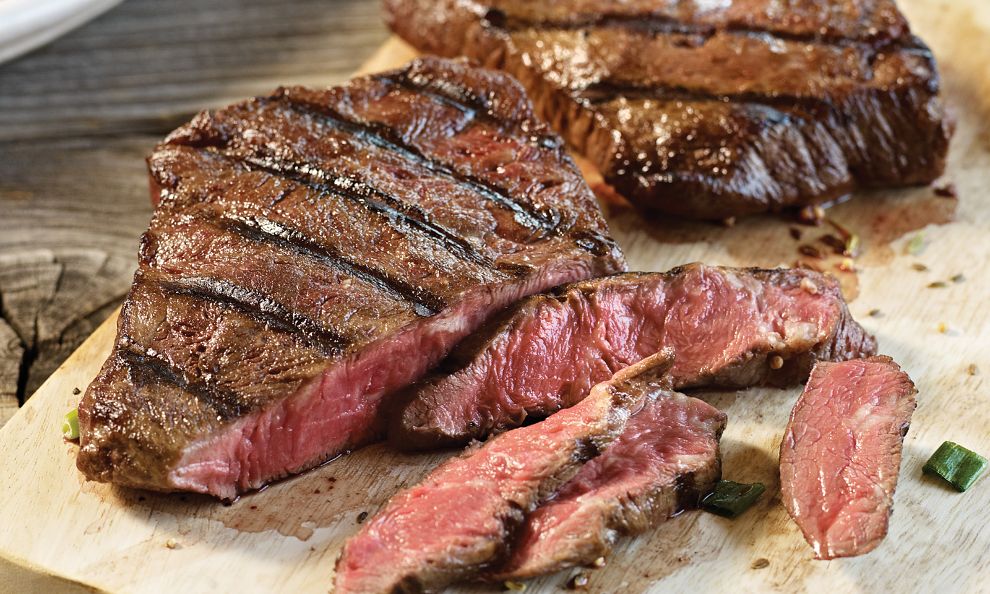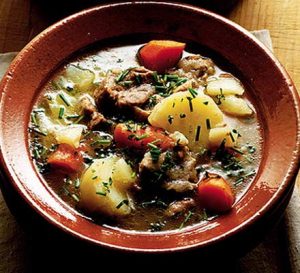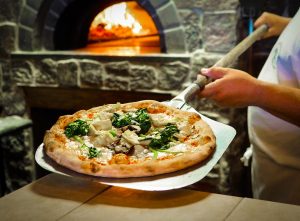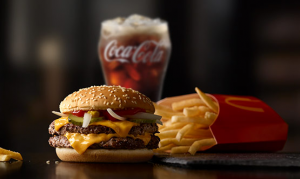Salad

Chop, slice, dice, mix
So many wonderful vegetables in the midst
Tomato creeps in, hiding in mystery
He’s been there for years, relying on history
Who knows if he belongs, but he sure fits in
Nothing wrong with a tomato, so free of sin
Croutons enter and the gang goes cold
Adding bread to the group seems a decision so bold
What will he do with little nutritious value?
He says he shall add crunch and they respond, “Shall you?”
A consensus arrives and the bread is evicted
Too many strangers and the world will change
At least that what the gods predicted
So they try to add chicken, free range
The chicken blends well, although not of the kind
The vegetables agree with him, they don’t seem to mind
Turning their creation into a full-blown meal
That’s all the chicken does, and at least it’s not veal
Perhaps a cooked salmon, could strive to intertwine
But definitely no other bird or beast, especially swine
Spinach and lettuce, are the kings of the bowl
Looking to tomatoes and cucumbers to play their role
Carrots and red onions, thinly they were sliced
Just sticking to the leaders, glued to them like tasty lice
Still they feel uncomfortable, maybe a new friend?
Perhaps a pineapple or a mango, peaking out the bend
No! The soldiers yell, you will not invade today!
You are not of our kind, with your own you should play
The tomato sits aside, biting back a fiery verse
But he will simply watch, for being on the other side is worse
The fruits do not take him, do not play with him as their own
So he has been exiled to the vegetables, destined to be alone
But the plight of the tomato could always be much worse
He could be on the potato level of the curse
The potato was banished, so he left his friends to be alone
Only among eggs and mayonnaise, did he find a home
Vegetables did not look at him, or even acknowledge him as their own
They treated him like a dog to whom they never threw a bone
The veggies of course, did not worry, except about themselves
Back they looked, for other friends were coming from the shelves
A pair of friends arrive, asking for a talk
They seem to be salt and pepper, hand in hand they walk
One is quite charming, and the other a following little brother
How could they accept one and not accept the other?
After a few moments, the deal seems very clear
Pepper will not join, unless salt also stays here
Begrudgingly, vegetables agree, they see what they must do
And so it was that salt and pepper, were thrown away like poo
Still they remained naked, not a covering in sight
But alas in the distance, some cheese has taken flight
Its heading straight for them, not a single place to hide
But then a quite large figure appears right by their side
It thwarts away the cheese, breaks it as easily as a branch
But who was it that saved them, you guessed it, it was ranch!
They were thrilled to see that they were saved, and more excited for their friend
As they hugged the wait was over, they now all waited for THE END.
.
.
Meats

Steak, grill, fry, or bake
Feed it grass let it drink from the lake
Cow so mean, make the meat all lean
Pair it with a side of taters and green beans
Well done, go home, medium is the max
Medium-rare the king, everyone else just jacks
Cook it rare if you’re crazy, or just like the blood
But at that point just kill it, and eat straight out the mud
Hunter or gatherer, we all love steak
Disregard whatever the vegetarians think
Eating seafood makes me want to step on a rake
If the vegans had their way I’d never see that perfect pink
Right when I cut in I can tell right away
“Yes its good waiter, now leave so I can play”
And by play I mean eat, like I’m Zeke on the ball
If I can’t eat steak, what’s the point of eating at all?

Chicken, finger lickin’ good, no KFC
But you can see me eating that fowl luxury
Delicious and simple, my type of meat
One of the only birds that can’t leave its feet
Like its cousin turkey, but he’s for feasts
Chicken is so versatile it can feed any beasts
Bread it, cook it, fill it with parm
Or fry it dip it, and let the sauce run on your arm
Buy it alive, dead, or cooked & season how you want
Preparation so easy, I spend more time trying to choose a font
Nuggets of all kinds
Dino, standard, starred, all with fires
Ketchup on the side, give it a smooth dunk
Anyone who hates it probably eats junk

Eat a burger, then another one
‘Cause a burger is the most delicious that is on a bun
All the fixings, every single one
And if you miss my hot sauce then you better go and run
1 patty, 2 patty, all the way to 3
3 third pound patties means a pound of meat for me
Slice it up, onions and tomatoes
Even throw the jalapenos for the extra flavors
Leaf of lettuce, fluff it up real nice
Butter top and bottom bun, and then you do it twice
Sesame, that’s what type of seed
We put it on the bun of the food that you really need
Not just want, you can’t live without it
With burgers all up in your mouth, heaven’s here, we found it
Dripping out, there’s a little sauce
Let it drip and show the world you really are a boss
‘Cause you eating, grass fed burger meat
Healthy cows make healthy beef… that’s a treat!

Let’s take your average sausage
And we’ll put it in a bun
And just so it gets the message
It’ll be surrounded so it can’t run
Because it will get lonely
In the bun all by itself
We will add some cheese not only
For happiness but also good health
Jalapenos should be added too, for a little spice
This is not your average breakfast, in fact its twice as nice
A simple food makes little trouble sitting in the freezer
Heat it up, you have yourself an entire full meal teaser
Although its cousin from Chicago will say it’s the best
Its sweet bread and savory juices make kolaches far above the rest
If you don’t know what I’m saying, you must give it a try
You will see kolaches are made for everyone, even you and I

All these delicious meats, they are a family to me
From steak to chicken to burgers, and even to kolaches
They should all be eaten, once and then again
For meats make the world go around 10 days out of 10
I hope that you have learned a bit about my love for meats
Some people like candy, but I like my salty flavored treats
They make me feel secure, and build me up so strong
If you don’t like meats, I’m sorry, but you’re wrong.
.
.
Snow

How can you be described, when you are a part of so much
Surrounding all of us, covering almost everything we touch
Your solid grip preserves what is far and what is near
With you covering it we can leave it out with no fear
Occasionally you don’t know your strength and are added to excess
But then we try to shovel you off, maybe add some to the rest
You slide off noses and fingertips, dripping to the ground
You can also be found on tables, usually in a mound
You have a twin who looks like you, but is about 10x more sweet
To mix you up would be a disaster akin to losing an entire fleet
I prefer your taste on most my foods, regardless of what they are
I will even find you lining glasses at a margarita bar
Since time has started you have been integral to life
If I had no love for women, I’m sure you would be my wife
Some will say that they don’t like you, which is only their own fault
I for one, will always favor you, the lord of spices: salt.
.
.
Angel

As I stood, I saw her floating, hair blowing in the wind
Something about her golden locks make me feel like I have sinned
It must be wrong to love her so, this beauty that is mine
But it was me who made her grow, to curly from a line
I cared so much I sprinkled her, with her favorite crystal gems
Though she never called me sir, she is the flower to my stems
She gives me strength to run and jump, and conquer all my fears
And with her friends she stands alone, superior to her peers
If I could, I would consume her every night and every day
Unfortunately for me, I care how much I weigh
In my eyes she’s best naked, except a little butter
Too much sauce and she begins to taste like any other
Although her siblings may do best with a lot of cheese
Her graciousness deserves only to be worshipped on the knee
Her presence is a miracle, especially here on earth
Even Benjamin Button would eat her every day from death till birth
Across the entire world, even Italians can’t compare
By far the superior pasta is the gorgeous angel hair.









 In his article, Jason Muturi shows several popular Irish dishes, discusses their origins, and gives general insight on how and when these dishes could be used. Since he is just a journalist of Irish descent, Muturi writes this article not for accuracy, but to celebrate the Irish food culture in America. Many of the dishes discuss popular American versions of the recipes, such as using beef to make an Irish stew instead of lamb. This text presents a great example of how generations in America can slightly change recipes to fit the needs of Americans over time, while still honoring the historic culture of the food.
In his article, Jason Muturi shows several popular Irish dishes, discusses their origins, and gives general insight on how and when these dishes could be used. Since he is just a journalist of Irish descent, Muturi writes this article not for accuracy, but to celebrate the Irish food culture in America. Many of the dishes discuss popular American versions of the recipes, such as using beef to make an Irish stew instead of lamb. This text presents a great example of how generations in America can slightly change recipes to fit the needs of Americans over time, while still honoring the historic culture of the food.




